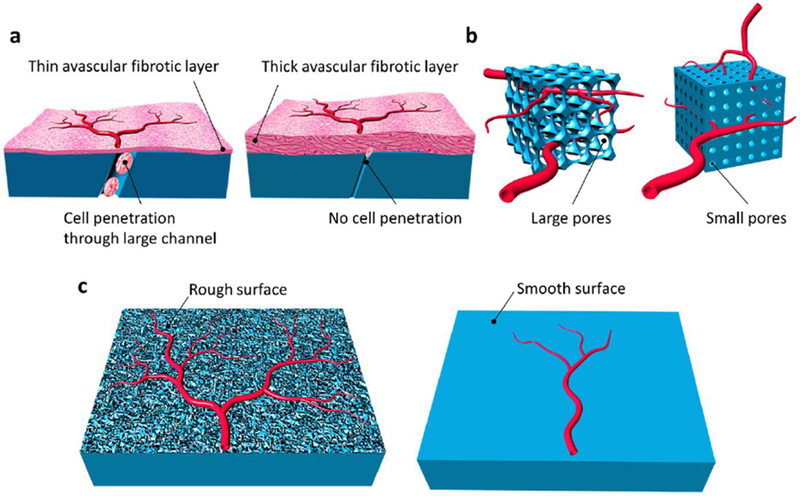Figure 2. Material properties that influence vascularization.

The thickness of the avascular fibrotic layer (shown in light red) can be reduced by constructing an implant that allows cell migration into the membrane (a). Larger pores can facilitate more blood vessel investment than pores that are only sufficiently large enough to allow blood vessels to form (b). Increases in nanotopographical roughness can increase vascularization compared to smooth substrates (c).
